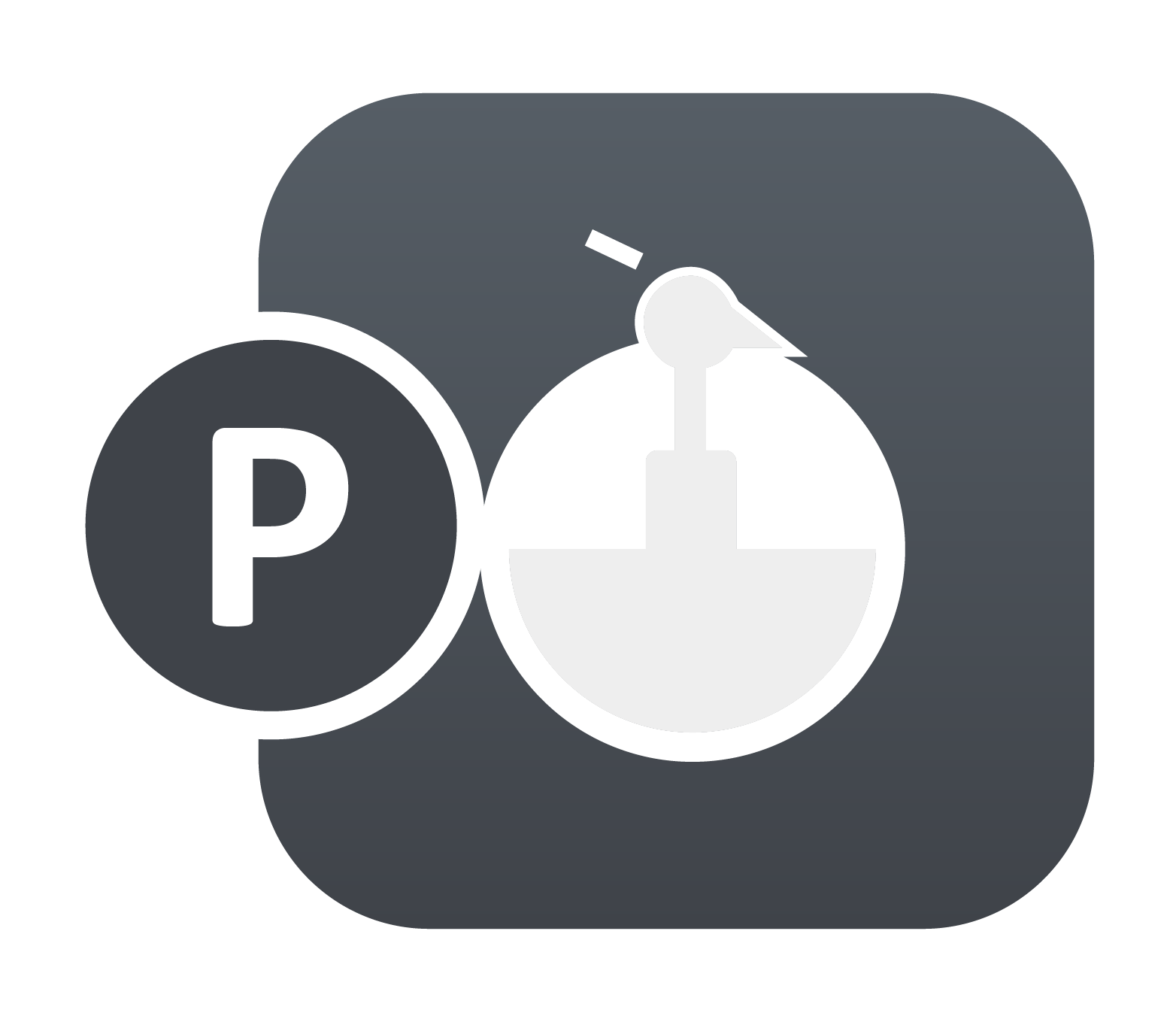Contact and Global Timestep
You may have seen this popular message that is printed out by LS-DYNA for every simulation. The LS-DYNA time step size should not exceed 0.456E-06 to avoid contact instabilities. If the step size is bigger then scale the penalty of the offending surface Lets review this to understand a little more. As we know, Explicit…













